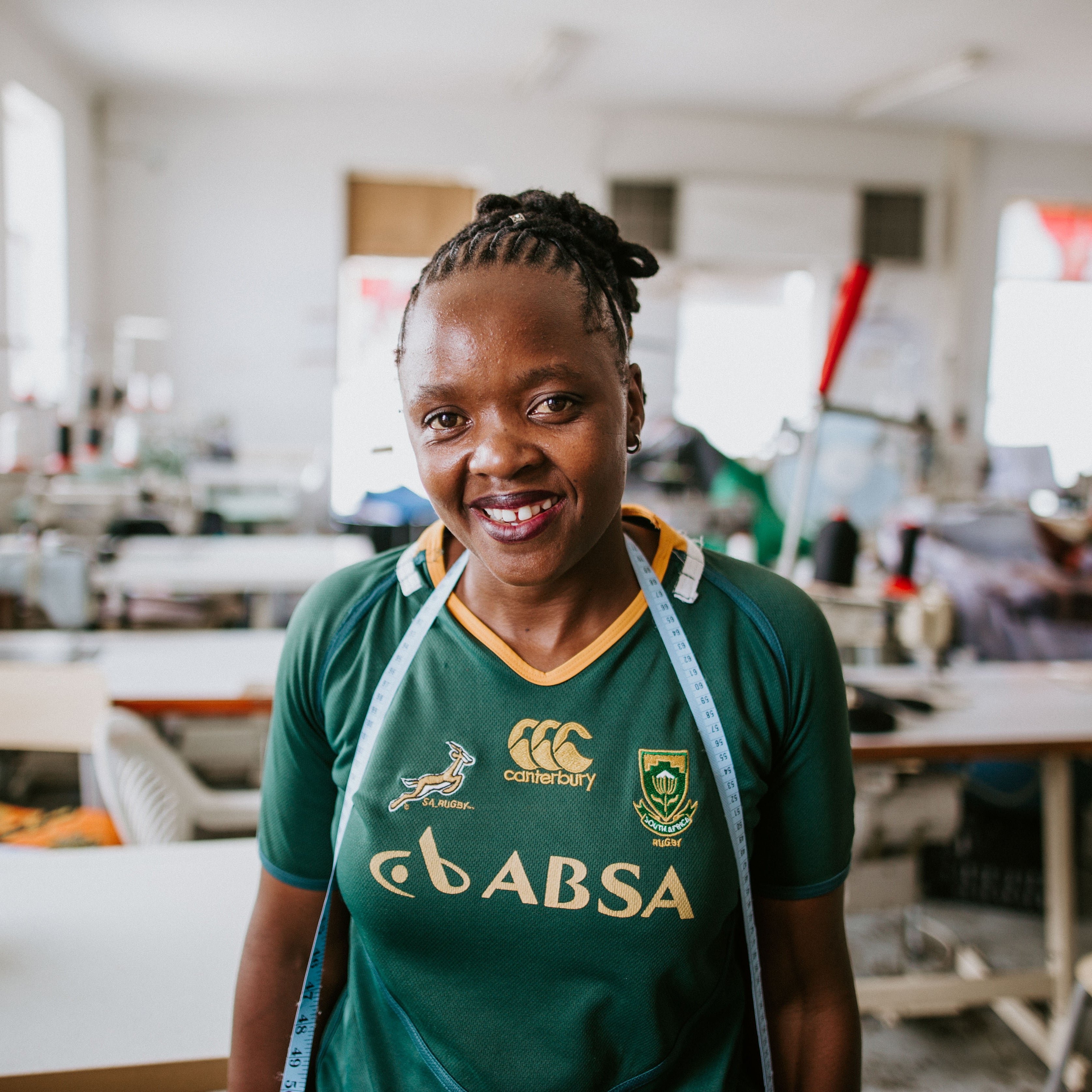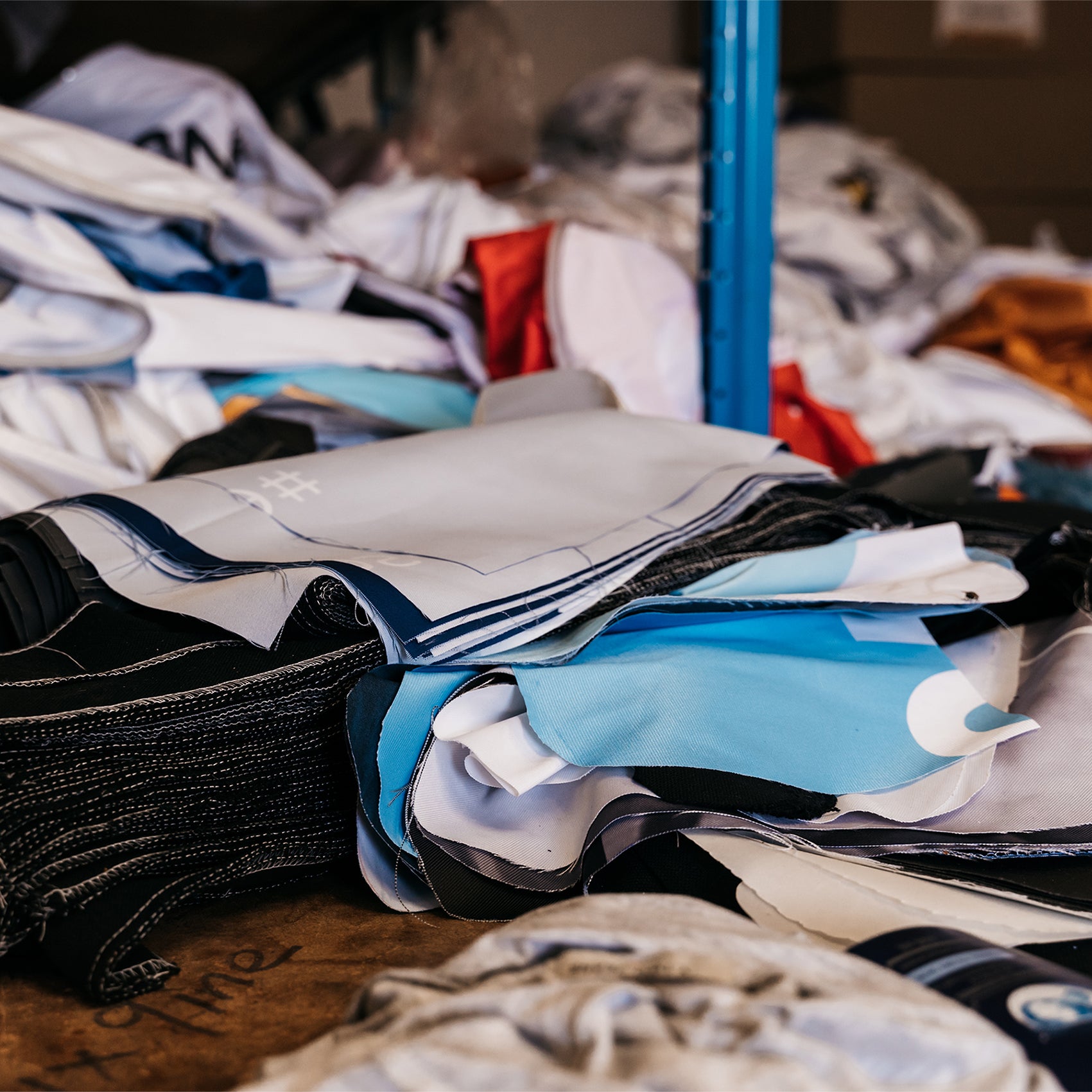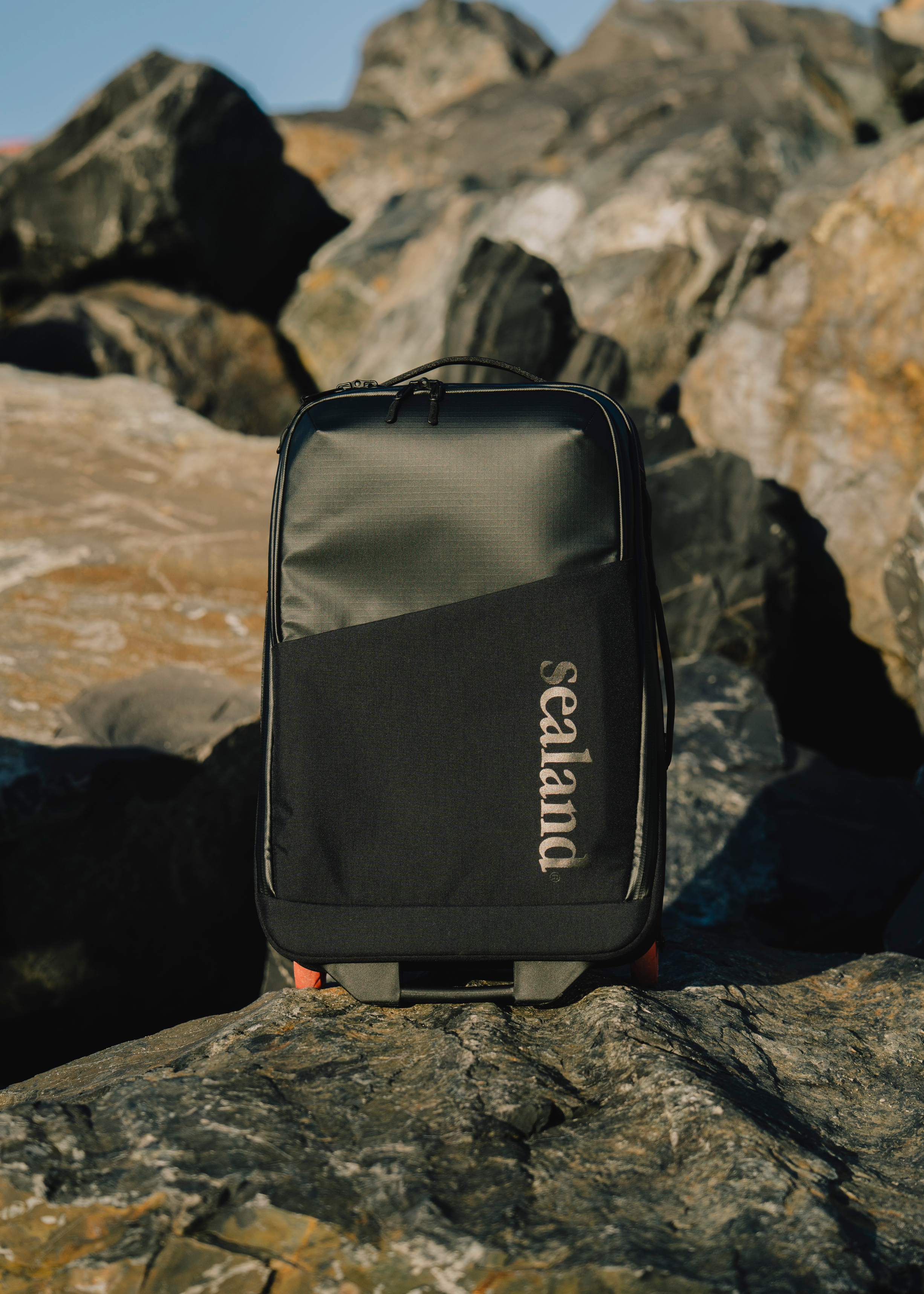Our products are made both in-house and through carefully selected outsource partners, optimised for reduced environmental harms and increased employee, environmental and stakeholder value creation throughout our value chain. Our Supplier Code of Conduct ensures that every partner we work with must abide by the ethical and responsible business guidelines we have set out, and many go above and beyond this and achieve internationally recognised certification.

Where our products are made
- All bags (excluding Commuter collection): Handmade in Cape Town by our skilled craftspeople, either in-house or by one of our valued partners.
- Commuter Collection: Handmade in Jakarta by our valued partner Tasindo, a Bluesign-certified manufacturer of highly technical and recycled gear. Unfortunately, this technology is not available in South Africa yet but we are working to onshore production when and wherever possible.
- Hemp Shacket/Shirt: Handmade in Cape Town from locally bought hemp.
- Hemp Bucket Hat and Peak: Handmade in Johannesburg from locally bought hemp.
- Beanie: Handmade in Cape Town using organic cotton.
- Tees, Half Zip Polo and Crew Neck: Handmade in Mauritius using recycled cotton and polyester, or organic cotton. We made the choice to look to Mauritius for these garments as they are able to spin organic cotton yarn, create very high quality items and utilise advanced finishing techniques such as brushing for lower Minimum Order Quantities all under one (low impact) roof. We use low-carbon shipping to get product to South Africa and look to onshore this as local production quality increases and MOQs reduce to make this financially viable.
- Running Hat: Made in China in conjunction with our GRS-certified outsource partner, from recycled polyester. Unfortunately these recycled materials and technical processing capabilities do not currently exist in South Africa, however we look forward to the day when we can bring high-quality recycled inputs and production to our shores.
- Miir Bottles: Produced in China in a low-impact factory utilising recycled materials.

A note on International Production
For many years, “Made in China” was often associated with mass production and products with a short lifespan. However, times have changed significantly—and for the better! Today, Chinese manufacturing is embracing sustainable and fair practices, setting a new standard and reshaping the global production landscape. This transformation is especially evident in several key areas:
- Air Quality Improvements: China has made remarkable progress in reducing industrial emissions and improving air quality. Cleaner energy technologies and stricter regulations have led to a significant drop in PM2.5 pollution, with levels decreasing by 50% between 2013 and 2019, and further reductions in 339 major cities. From 2020 to 2022, cities averaged 316 days per year of good air quality—an unthinkable achievement a decade ago. While challenges remain, these advancements reflect a strong commitment to environmental progress, which we aim to support by partnering with responsible manufacturers.
- Worker Well-Being: Chinese manufacturing is prioritising worker welfare like never before. Companies are embracing fair labour practices, safe conditions, and fair wages, supported by strict government policies and global labour standards. This focus has created a healthier, more motivated workforce, boosting productivity and quality.
- Recycled Inputs and Sustainable Materials: Chinese manufacturing is increasingly using recycled plastics, metals, and textiles, reducing waste and conserving resources. Circular economy models are being adopted, promoting reuse and repurposing to minimise environmental impact.
Today, “Made In China” is no longer a label to be wary of but a testament to the nation’s remarkable journey towards sustainability and ethical production. By choosing products made responsibly in China (and freighted using low-carbon methods!), you are supporting a new era of responsible manufacturing that prioritises the planet and people.

A note on Freighting Methods
Shipping has long been an invisible cost of consumer habits. However, as awareness of climate change grows, the environmental impact of different shipping methods has come under scrutiny. Here's how various methods stack up:
Air Freight
Fast but highly carbon-intensive. Shipping 1 ton of goods by air from China to Cape Town emits approximately 8.5 tons of CO2, with emissions at high altitudes worsening their impact. Sealand avoids air freight whenever possible due to its significant environmental cost.
Sea Freight
A much more sustainable option. Shipping 1 ton of goods by sea emits just 97 kg of CO2—about 1% of the emissions from air freight. Ideal for non-urgent deliveries, sea freight is Sealand's preferred method for global shipping.
Rail Transport
Efficient and relatively low-carbon, producing 12.5 kg of CO2 per ton-kilometre. While it’s a strong option in other regions, South Africa’s unreliable rail network limits its use for Sealand.
Road Transport
Flexible for door-to-door delivery, but emissions vary widely. Long-haul trucking can emit 62-93 kg of CO2 per ton-kilometre, making it less efficient than rail or sea. The lack of rail in South Africa results in higher emissions for domestic trucking than international shipping by sea.
Sustainable Innovations
The industry is adopting greener practices, including slow steaming, biofuels, and electric or hydrogen-powered ships. Sealand collaborates with DHL’s Go Green initiative to reduce carbon emissions per bag annually.
By understanding the carbon impact of shipping, we can make informed choices. Sea and rail transport offer greener alternatives to air freight, and supporting sustainable innovations can help build a healthier planet.



